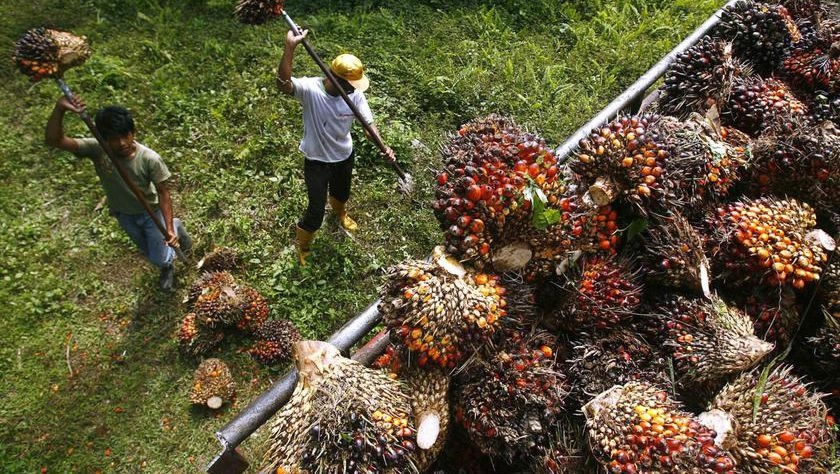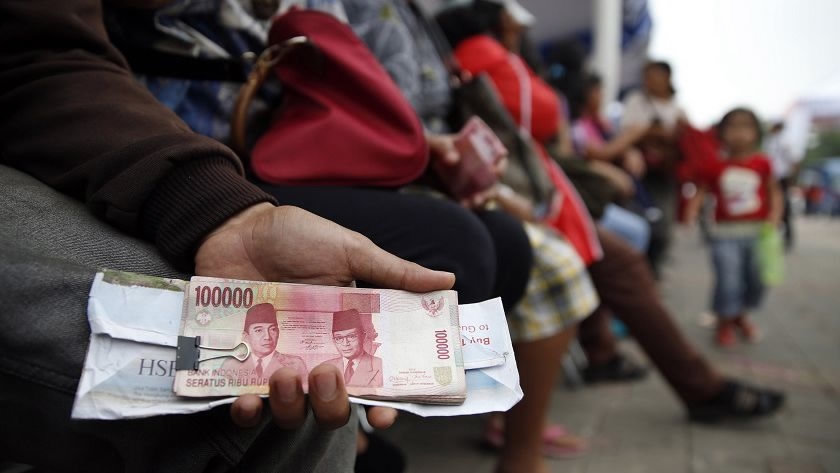
Business
23:11, 05-Nov-2017
How far have the APEC members come in realizing Bogor Goals?
CGTN

Coined in 1994 in Bogor, Indonesia, the Bogor Goals began as a vision to achieve free and open trade and investment by 2020 for members of the Asia Pacific Economic Cooperation (APEC).
Leaders agreed to set a goal to reduce trade barriers within the region and promote the free flow of goods and services.
The Bogor Goals play an important part in enhancing the inclusive growth of Indonesia and other APEC members, especially for small businesses. Reducing trade barriers means more investment and lowering the cost of importing raw materials, fulfilling domestic demands and increasing competitiveness on a global scale.
Economists say the vision of Bogor Goals is even more crucial in this digital age. “I find that APEC and Bogor Goals serve as a very important foundation,” said economist Bhima Yudhistira.
“Local companies have a broader access to international market. Our small and medium businesses can reach Japan, China and other APEC member economies,” he said.

Reuters Photo.
Reuters Photo.
Yudhistira also believed that though APEC’s main goal is to promote open trade and investment in the Asia Pacific region, this year’s meeting should focus on empowering small businesses through e-commerce.
Many bilateral and multilateral trade agreements such as the "mega" free trade deal, the Regional Comprehensive Economic Partnership and others, have come as a fruit of the Bogor Goals.
But the recent rise of trade protectionism in the United States has slowed down the progress of the Goals, and Yudhistira believes that it is especially crucial in this year’s APEC meetings for all leaders in the region to form a stronger bond and to strengthen ties. “This is a very important time for the economies to come together instead of adopting an inward-looking protectionist view,” he said.
Many industries in Indonesia, from pharmaceutical giants to steel firms are already benefiting from Bogor Goals.
“Since APEC was established, tariffs have been lowered from an average of 17 percent to the current 5 percent. The Asia Pacific region has been able to maintain the dynamic nature of the regional economy and we have secured economic growth and trade levels higher than other regions in the world,” said Deny Wachyudi Kurnia, Director for APEC Cooperation and Other International Organizations, Ministry of Trade, Indonesia.
5267km

SITEMAP
Copyright © 2018 CGTN. Beijing ICP prepared NO.16065310-3
Copyright © 2018 CGTN. Beijing ICP prepared NO.16065310-3